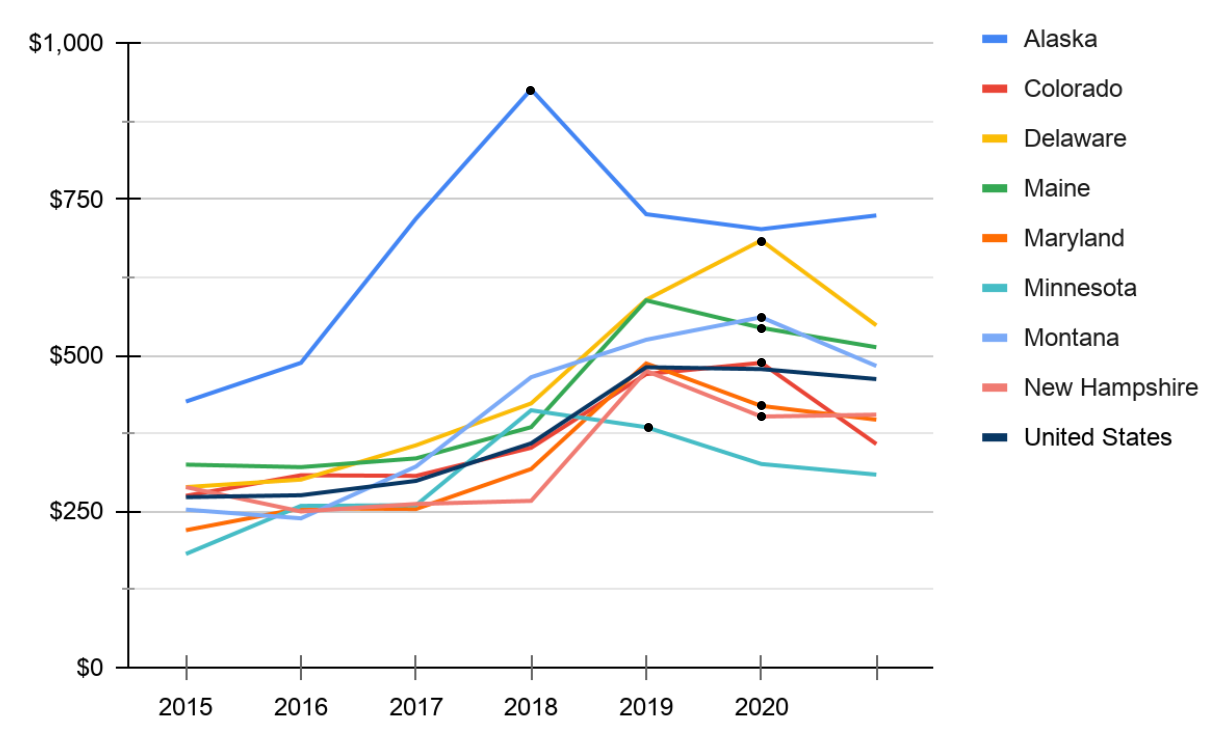 Analysts continue to predict steady growth for private exchanges, as we highlighted in our post summarizing several industry thought leaders. One outcome is certain: The more insurers use digital channels to conduct business, the more data they gather. While healthcare is pushing forward into the realm of big data and information on consumer behavior is increasing, insurance companies still seem to be lagging behind in using this data for marketing. In reality, although health insurers may possess considerable amounts of customer data, this information is typically siloed and fragmented.
Analysts continue to predict steady growth for private exchanges, as we highlighted in our post summarizing several industry thought leaders. One outcome is certain: The more insurers use digital channels to conduct business, the more data they gather. While healthcare is pushing forward into the realm of big data and information on consumer behavior is increasing, insurance companies still seem to be lagging behind in using this data for marketing. In reality, although health insurers may possess considerable amounts of customer data, this information is typically siloed and fragmented.
Leveraging a private exchange gives insurers the means to aggregate and effectively use consumer data in various ways to improve their business. With standard and custom reports and extracts, insurers and brokers can use reporting and analytics to gain insight to improve business across the board. Data can drive improvements to the consumer experience, increase lead conversion rates, and inform decisions that lead to better, more desirable products. Data provided by the insurer to brokers can drive marketing and customer service initiatives. Insurers might share data with employers to help improve employee benefits and manage costs.
As we look to the future, the data on consumer behavior gathered through private exchanges has the potential to transform the health insurance industry. For a thoughtful look at the future of data and analytics, we recommend a Deloitte University Press article by Tom Davenport. In it he ponders how data-driven approaches in financial and property and casualty insurance industries are already creating entirely new business models. For example, consider the auto insurance commercials that offer discounts when you install a data gathering device in your car. It will be exciting to see how such innovations might play out for health insurers and their members.
Data and analytics are critical to successful ecommerce. As health insurers embrace ecommerce through their private exchange, there are six success factors to consider. Read our white paper to learn more.






